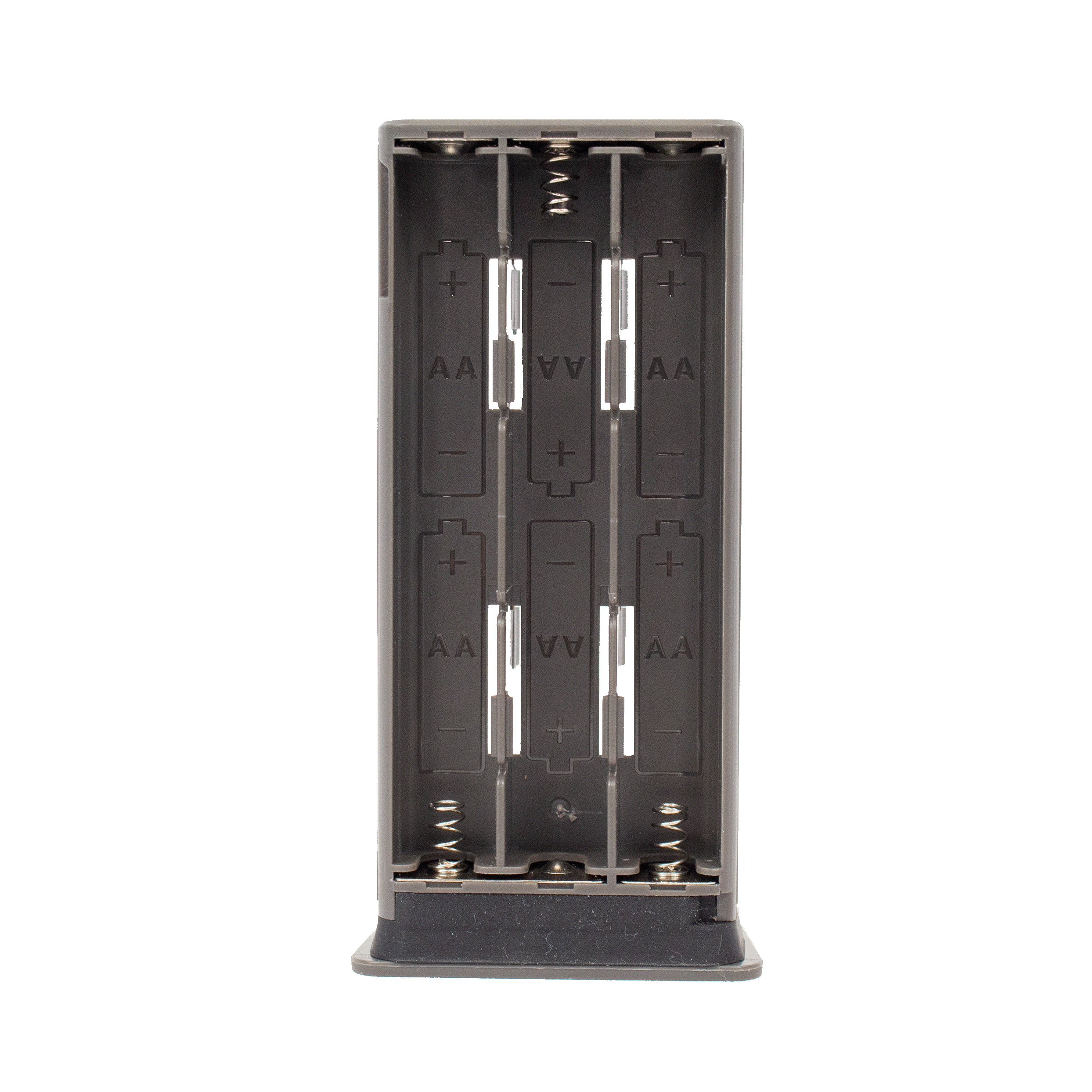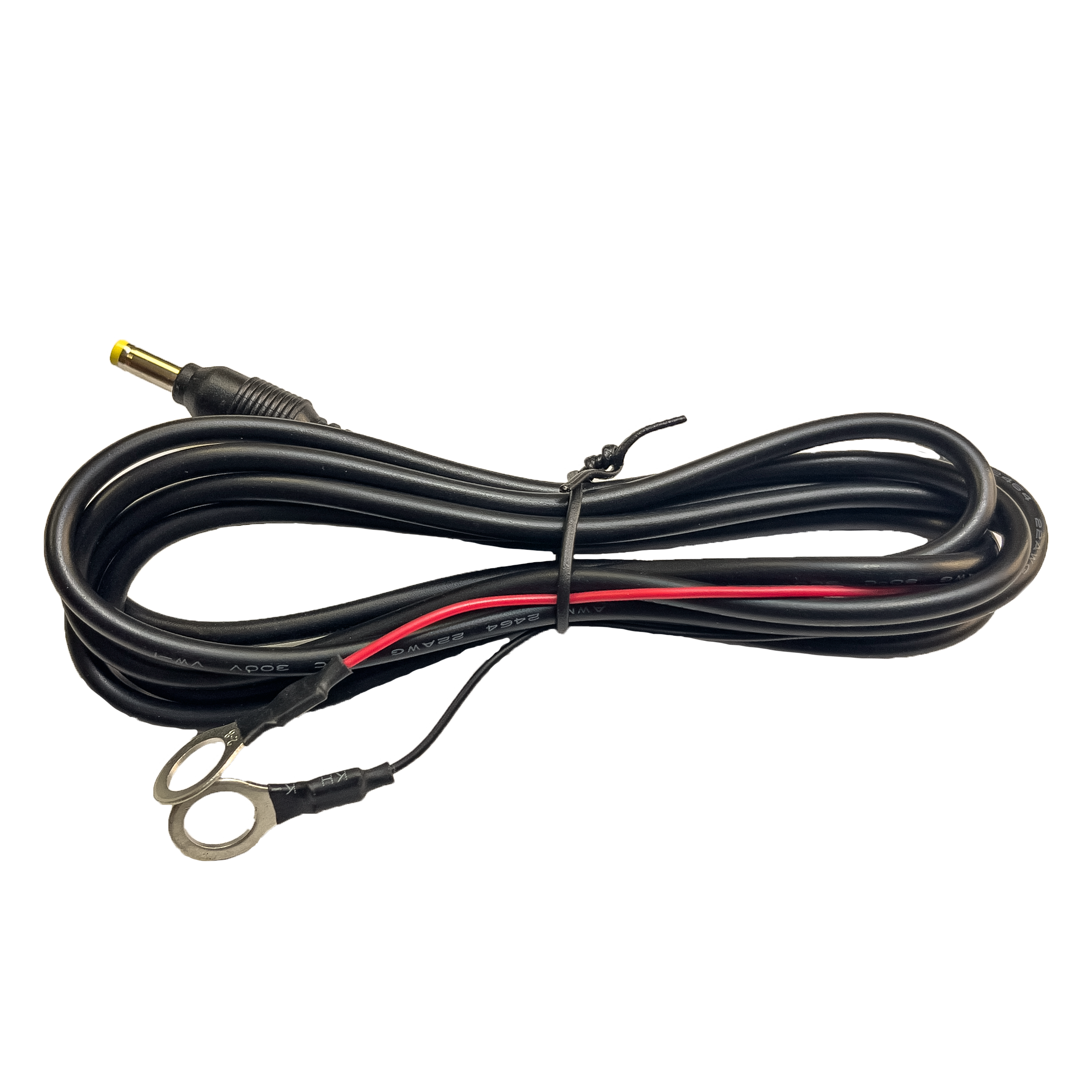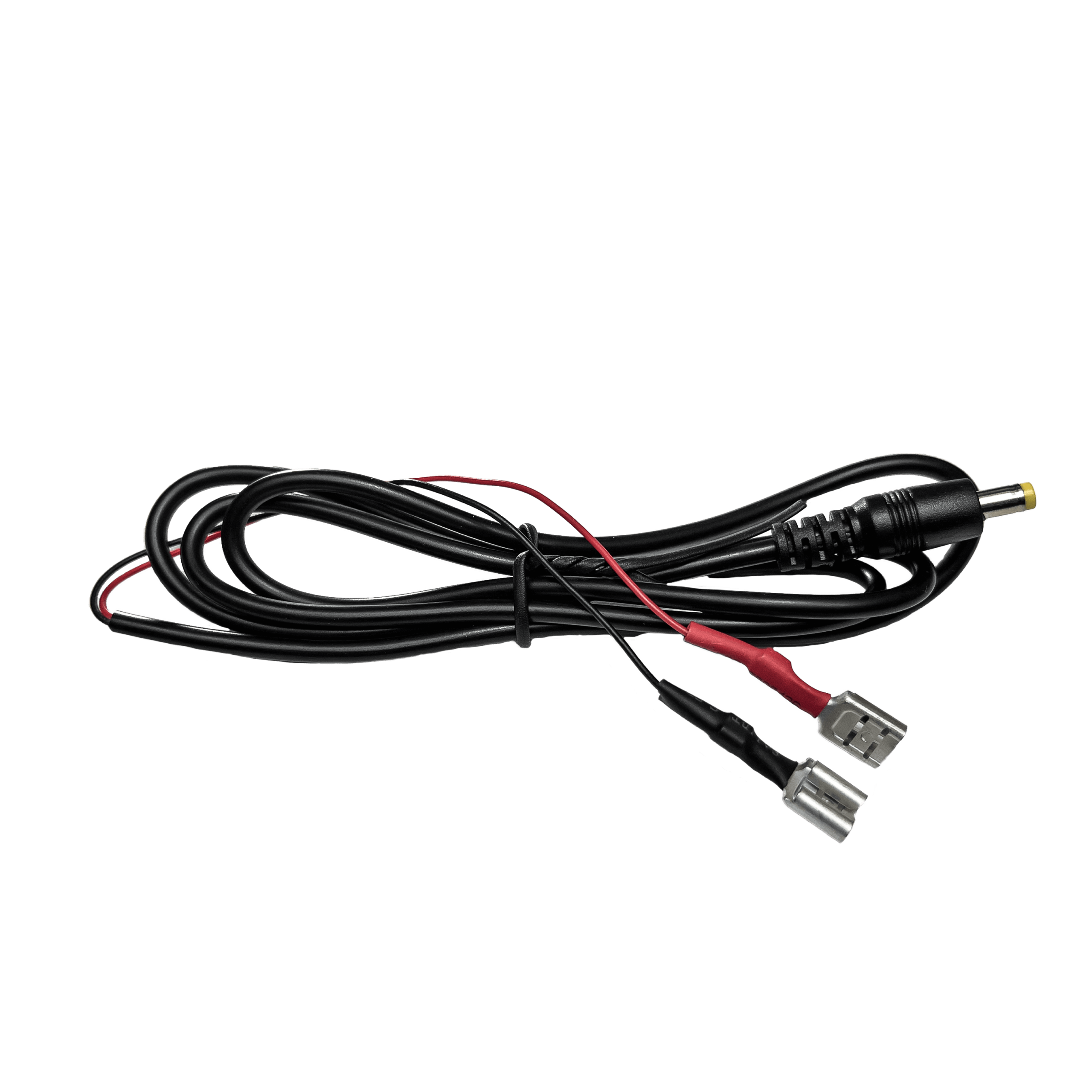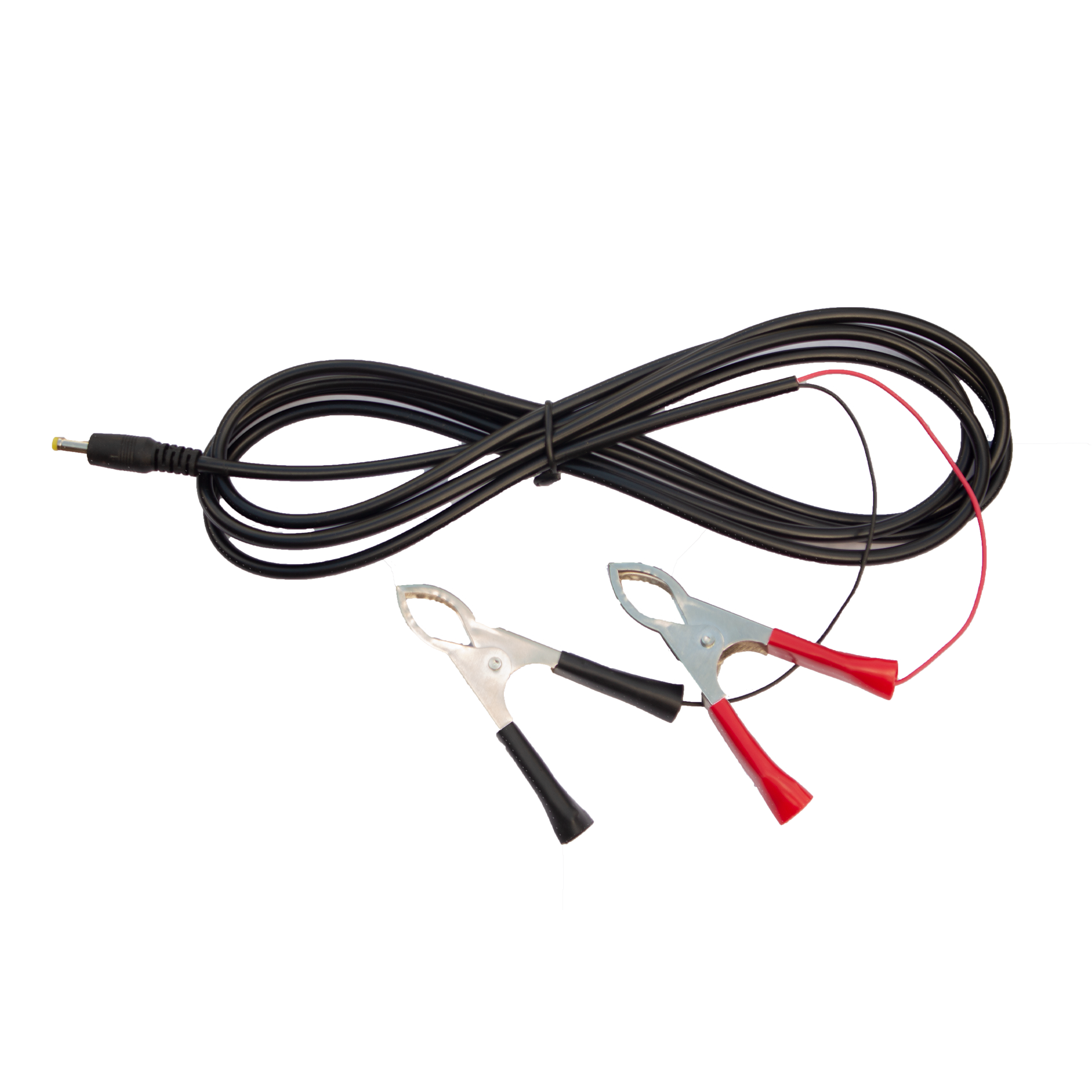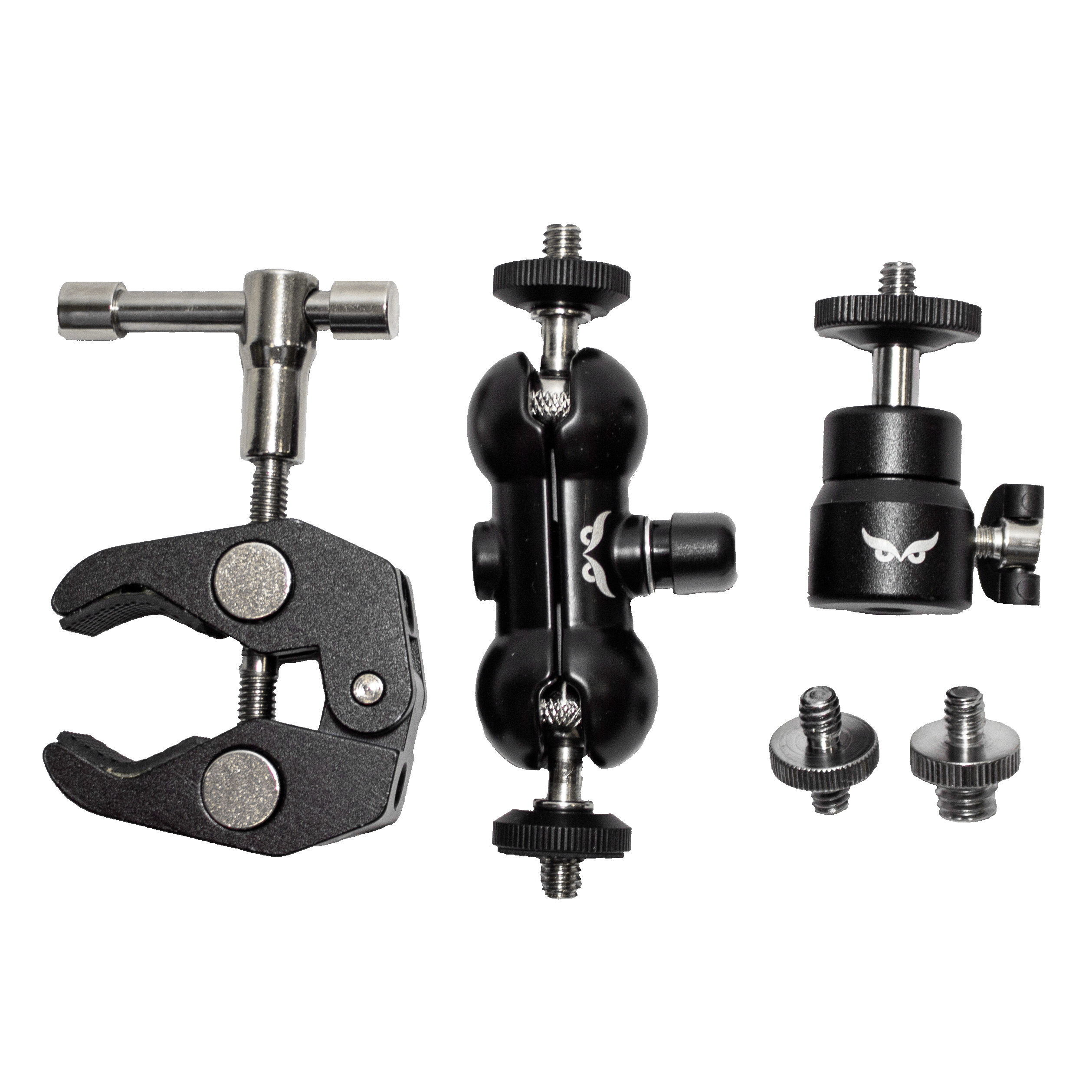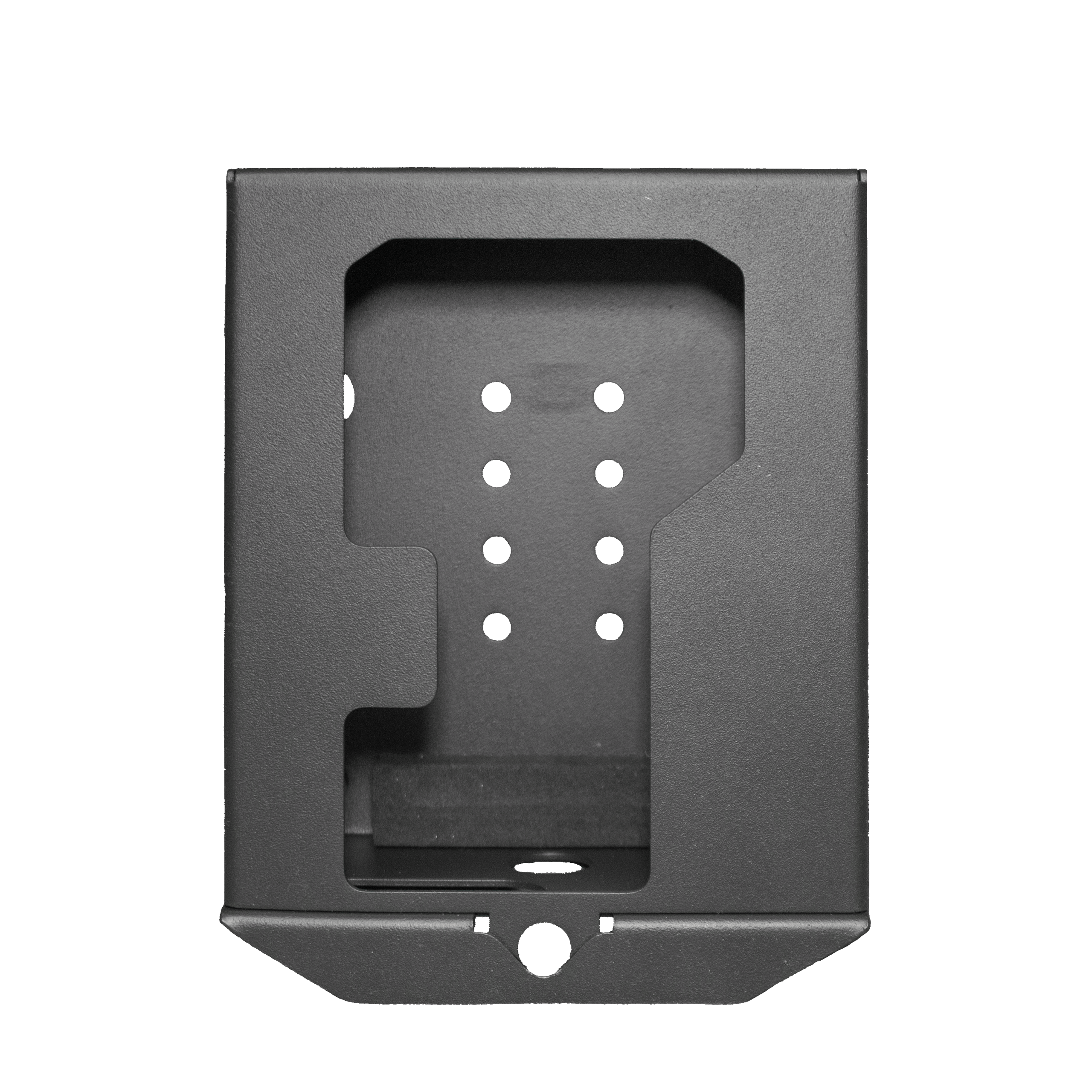Tone of Voice When Dog Training and Body Posture
Dogs don’t talk so Tone of Voice When Dog Training is important, along with body language. Even though we understand this statement to be true, we sometimes forget this sentiment when we continue to chatter with our dogs, particularly during training. We often blame our pets for being stubborn or unreliable when they do not listen to our commands, but oftentimes the blame falls on us.
We sometimes forget that dogs have acute hearing, which is far better than that of humans. Therefore, even though dogs can’t talk, they do listen. It is up to us to make sure they understand.
What do Dogs Understand?
Dogs are simple animals, and communicating with them is much easier than most humans realize. Dogs understand us in two ways: through tone of voice, and body posture.
When it comes to training a dog, what you actually say means nothing. However, the tone in which you say it makes a difference. For instance, if you correct your dog with a smile on your face, he or she isn’t going to take you seriously.
Dogs can distinguish the difference between a rough tone and a happy one, just as they can detect nuances between a single stern whistle blow, and three or four short and upbeat trills.
Tone is important when communicating with your pet because it shows intent and helps them better understand your directive. It can be easy to forget that the commands we teach have little to do with the words we use, and more to do with the way the dog is conditioned. When you want your dog to be calm, use a calm tone of voice yourself. When you are engaged in an activity that should be fun for your pet, use a happy and upbeat tone. At the same time, when it is time for your dog to be serious, reflect that emotion in your commands.
The Role of Body Language
Just as tone of voice is important, so is body language; perhaps even moreso. Eye contact, facial expression, and body posture all better convey what you are trying to communicate to your pet. For instance, a low body posture is welcoming, while looming over your dog can be threatening. You should make eye contact with your pet during training in order to ensure you have his or her attention. When you combine proper body language with the tone of your voice, training sessions will be more efficient and your dog will have a greater understanding of your commands.


